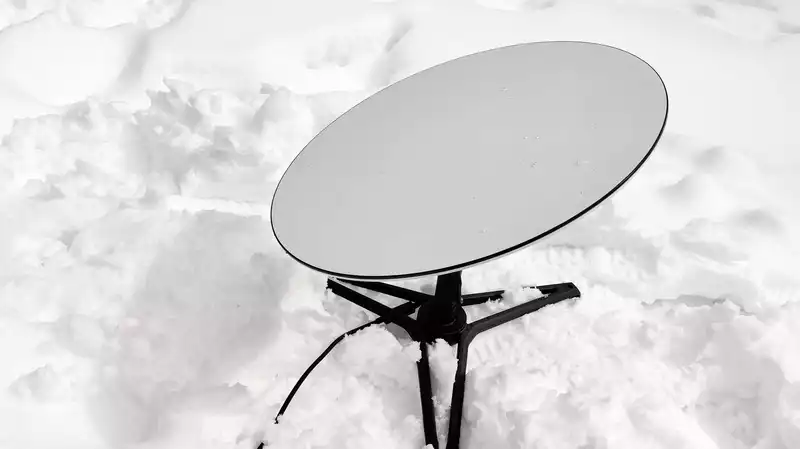This is according to a new application filed with the FCC, which suggests new antennas designed for use in cars, boats, airplanes, and in harsh environments.
The application was filed Tuesday (via PCMag) and refers to a "high-performance" version of the Starlink antenna. The new antenna will still rely on SpaceX's array of Starlink satellites to operate, but it is designed for use in more extreme conditions.
In March, SpaceX applied to be able to add Starlink to moving vehicles. The service was to be able to bring high-speed Internet to trucks, cargo ships, and international aircraft.
However, that application relied on an "electrically identical" Starlink antenna, albeit with a new mount to connect to something more mobile than a home roof. Further FCC filings indicate that Starlink is also working on a new, smaller version of its standard antenna
.
However, this new application is all about upgrading the dish to continue to operate under conditions outside their vehicles. Extreme heat and cold are mentioned, and SpaceX's application notes that the antenna will have "improved snow and ice melting capabilities and withstand more thermal cycles."
We have heard reports of the Starlink dish shutting down in extreme heat, so this upgrade could be a major benefit to the hardware.
Obviously, it would also include the need for the new dish to utilize radio frequencies between 12.2 GHz and 12.7 GHz. Obviously, this would allow SpaceX to provide a fast, low latency connection to the hardware. In addition, speeds should remain stable, although there has been some flattening in recent months.
While the rugged Starlink antennas will be useful, especially for those living in areas that are hot or cold, the most interesting aspect of this project is the vehicle aspect. After all, airplanes and ships generally operate outside the range of cell phone masts, and current Internet service is quite weak, to say the least.
Indeed, Starlink has already confirmed that it is negotiating with airlines to install the system on commercial aircraft. However, such agreements require FCC approval, which is where all these applications come into play.
If nothing else, the commitment to rugged antennas designed for mobile use means that at least people will not have to do DIY electrical work to connect their current Starlink antennas to their cars.










Comments